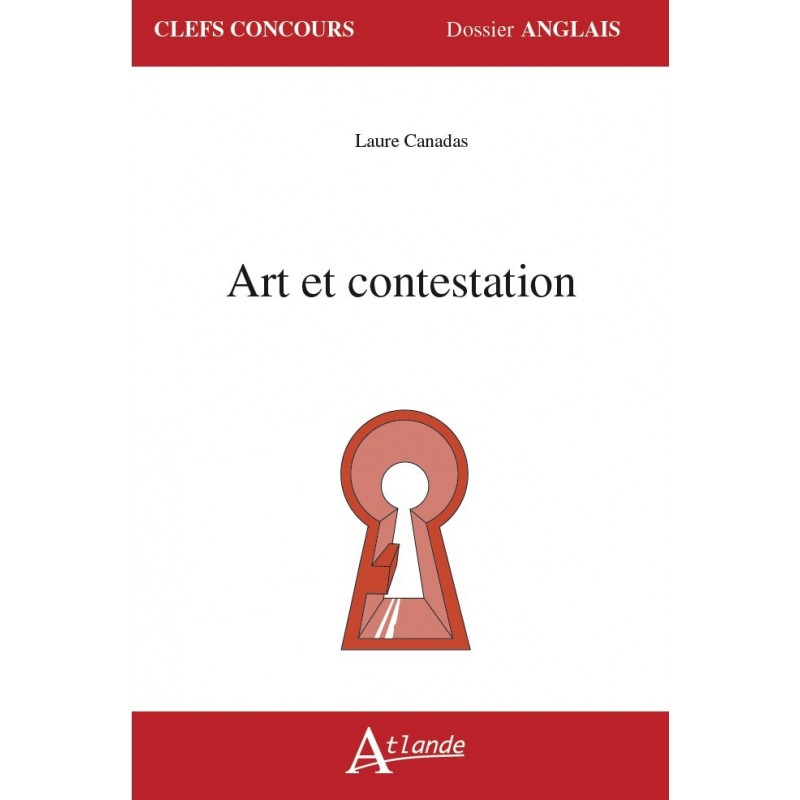



par Laure Canadas.
 Livraison gratuite
Livraison gratuite
Et en lettre suivie pour la France métropolitaine !
LA référence pour le Capes d’Anglais
Fiche technique
“Art et contestation” : cadrage du B.O.. . . .. . .. . .. . .. . .. . .. . .. . .. . .. . .. . .. . .. . .. . .. . .. . .. . .. . .. . .14
Thématique “Arts et débats d’idées” (extrait du B.O.). . 14
Axe d’étude 1 : Art et contestation . 15
Thème et axe d’étude. . 16
Structure et intérêts du présent ouvrage. . . .. . .. . .. . .. . .. . .. . .. . . . .. . .. . .. . .. . .. . .. . .. . .17
Enjeux et problématiques. . .. . .. . .. . .. . .. . .. . .. . .. . .. . .. . .. . .. . .. . .. . .. . .. . .. . .. . .. . .. . .. . .. . .. . .18
Conseils méthodologiques. . . .. . .. . .. . .. . .. . .. . .. . .. . .. . .. . .. . .. . .. . .. . .. . .. . .. . .. . .. . .. . .. . .. . .20
Appréhender les textes et aboutir à une problématique. . 20
Gérer son temps et s’appliquer à la mise en forme. . 23
Les attentes du jury : écueils à éviter. . 24
Laure Canadas, agrégée d’Anglais, enseigne au lycée Jean-Pierre Vernant à Sèvres. Elle y a enseigné en classe préparatoire littéraire, en section européenne ainsi qu’en enseignement de spécialité LLCER. Elle s’est spécialisée dans la littérature américaine du vingtième siècle.
A Singular Raised Voice: how Nina Simone turned the civil rights movement into music
A contemporary of Maya Angelou’s, Nina Simone (1933-2003) also participated in the civil rights marches side by side with Martin Luther King Jr. Raised in a poor yet educated family in North Carolina, Simone later described herself as a child prodigy who picked up the piano during one of her mother’s sermons in the Methodist church of her childhood. Her parents encouraged her desire to become one of America’s first black classical pianists, and uncharacteristically for the times helped her pursue that goal until her first experience with racism at the age of 12 made Nina Simone acknowledge for the first time that her dream might be out of reach. Before the start of her first recital, as her parents were asked to sit at the back of the audience in order to free their seats for a white couple, the young Simone stood up and asked for them to be seated at the front so they could hear her play, threatening not to do so until the situation had changed. This activist stance would continue throughout her life. A second traumatic scene, whereby she was refused entrance into the Curtis Institute of Music in Philadelphia after a summer spent preparing for it at the Julliard school of music in New York, made her decide once and for all that she would make of her music the locus of the fight for black rights. She thereby renounced a career as a classical pianist and accepted to sing along with her music, in a singularly inspired posture that would at once offset her audience’s expectations and ease, and entice its characteristic attention.